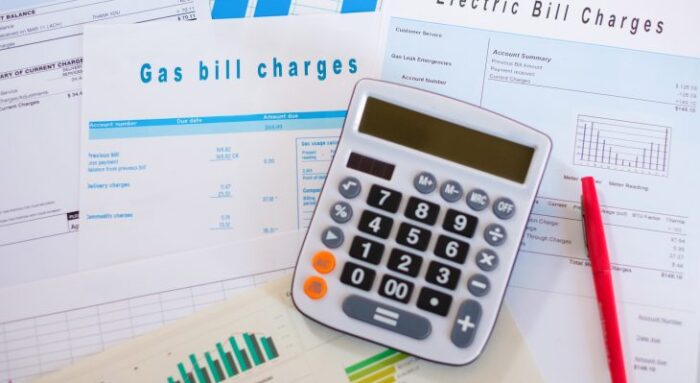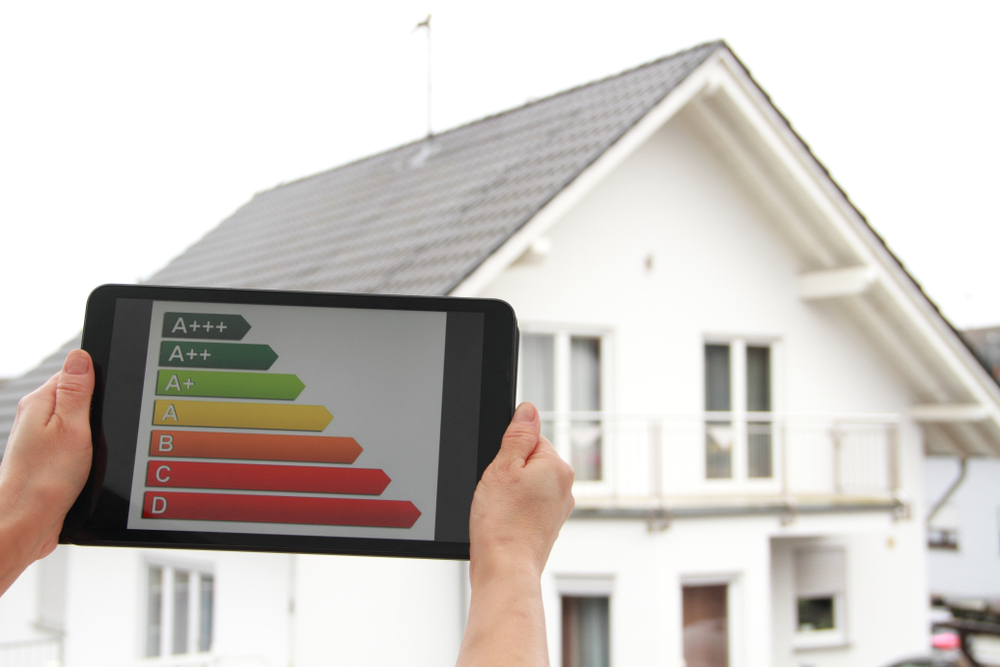The energy price cap is expected to fall in Q2 and Q3 before rising in the last three months of the year, latest predictions from Cornwall Insight reveal.
From April 2024, the energy price cap is forecast to stand at £1,620 a year for a typical dual fuel, direct debit customer.
The latest prediction by energy analysts Cornwall Insight is down on the £1,929.09 it previously forecast for the quarter.
And a similar reduction (£300 per year), is also seen on its revised figures for Q3. Based on the typical consumption levels of 2,700 kWh electricity and 11,500 kWh for gas, billpayers are expected to pay £1,497.15. This is down from the £1,879.66 figure for which households had previously braced themselves.
Meanwhile, for the last three months of the year, prices are expected to come in at a slightly higher £1,541.72, compared to the summer period. However, it represents a near £400 saving from the £1,916.81 figure previously quoted for Q4 2024.
Currently, the energy price cap for Q1 2024 (January to March) is set at £1,928 per year for a typical gas and electricity customer.
Turning to standing charges, Cornwall Insight published the following calculations (click to expand):
It’s important to note that the energy price cap sets a maximum price that energy suppliers can charge for each kilowatt hour (kWh) of energy and a daily limit on the standing charge applied which covers the cost of supplying energy to your home. It isn’t a cap on bills as how much you pay will depend on the amount of energy you use.
The cap will also vary depending upon where in the country you live, with Cornwall Insight figures representing the national average.
Energy price cap caution
Richard Neudegg, director of regulation at Uswitch.com, said the prospect of the price cap falling further than expected in April is positive, “but it’s little comfort for households struggling through the coldest time of year with high energy bills”.
Neudegg said: “These predictions suggest prices in April will be 16% lower than they are now, with the hope of a further 7% drop in July.
“Consumers shouldn’t count their chickens yet, however, as the further into the future predictions look, the less certain they are, given the wholesale energy market can change quickly.”
He added: “No one will know for sure how much they will be paying in April until the new price cap level is announced in February, making it hard for households to budget in these challenging times.
“We hope these predictions will encourage suppliers to bring back cheaper fixed deals. Ofgem should ensure it is encouraging suppliers to offer deals widely, and at competitive prices.”






